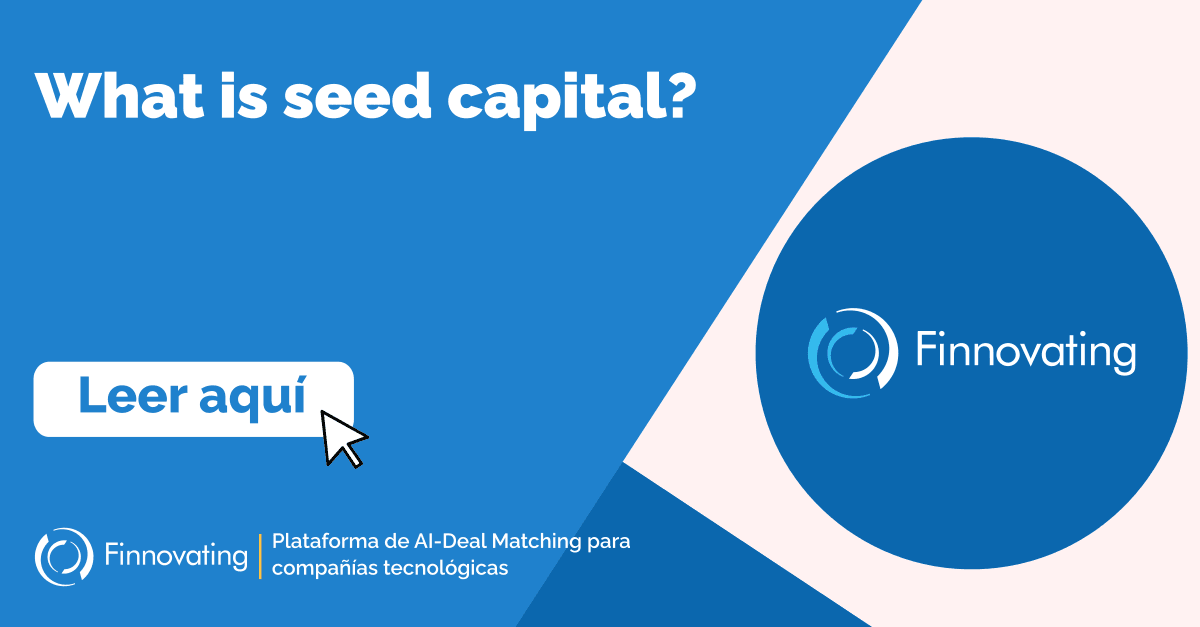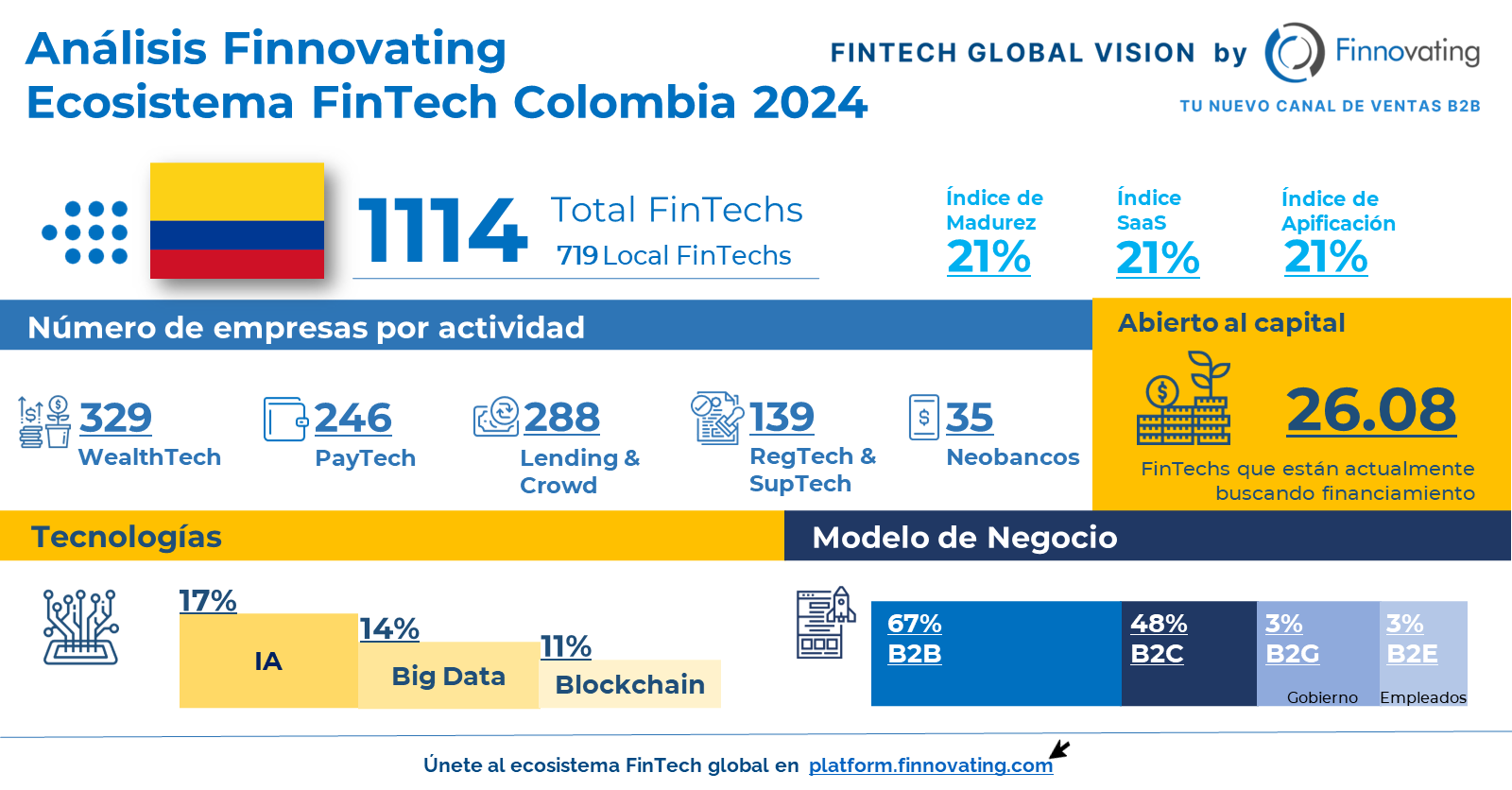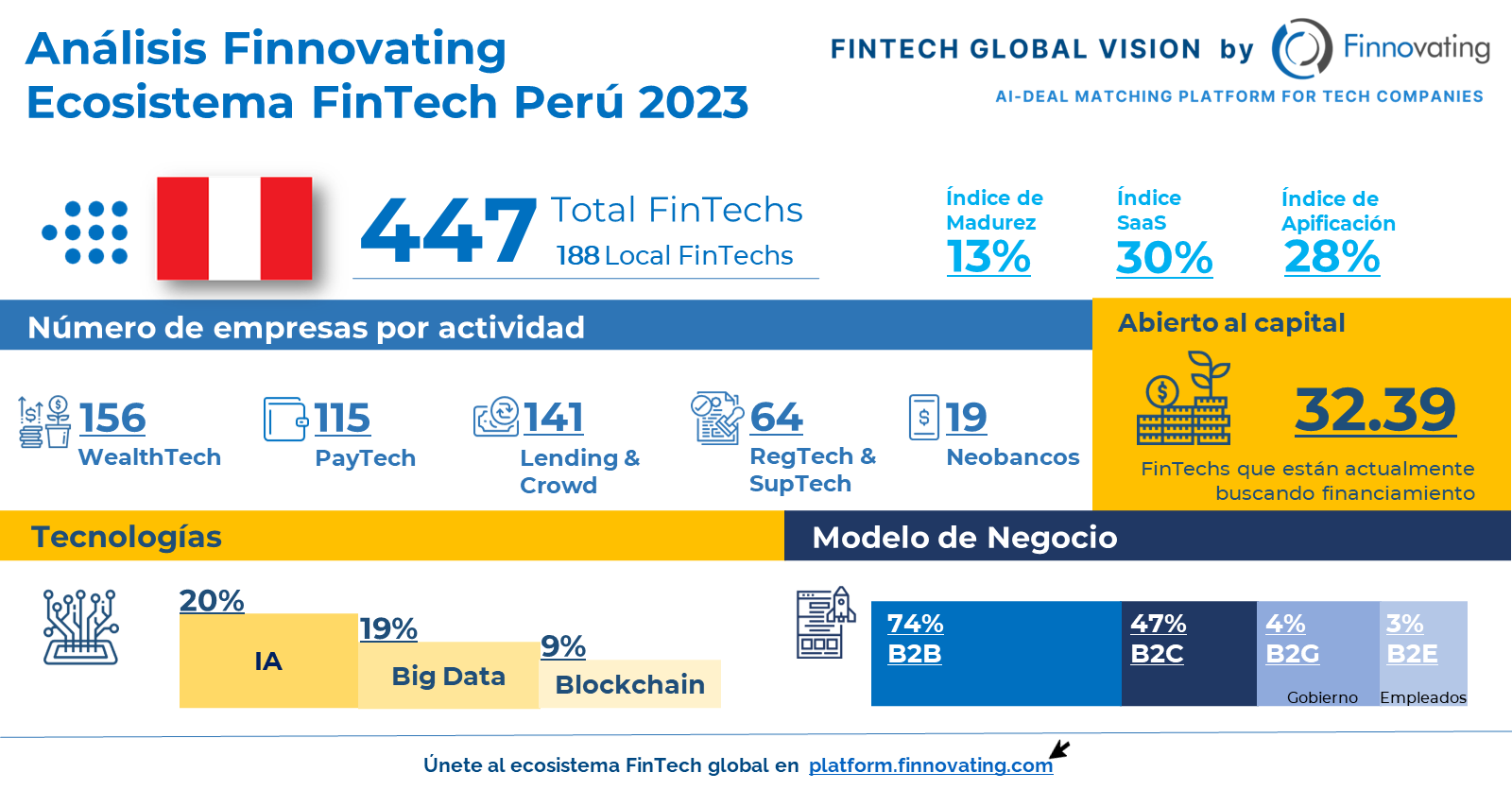Explorando el Ecosistema de Innovación Financiera Global en Colombia Colombia sobresale en la revolución tecnológica dentro…
What is seed capital?

Any new company will have limited access to funding and other sources. Apart from purchasing equipment, renting offices and hiring staff, startup companies need to grow. They will require outside capital and banks and other investors may be reluctant to invest in a company that has no history.
Seed capital definition
Seed capital is money raised by a business in its infancy or initial stages. It usually only covers the essentials like a business plan and initial operating expenses, but in many cases, obtaining seed capital is only the first funding stage for a startup. Apart from being able to pay bills in the early days, an important objective at this point is to attract more funding for the future.
There was a time when seed funding was the reserve of angel investors, but larger venture capital (VC) firms have started entering the fray. Some VC funds will make lots of very small seed investments into a large number of early-stage startups. The returns generated are not generally high enough for these large firms, but these speculative seed investments are designed to pave the way for far more lucrative ‘Series A’ funding. For the cost of a small seed investment, the VC is granted privileged access to later-stage rounds, effectively allowing them first call on the startups that perform the best in the beginning.
VC involvement has raised the average seed fund from around $150,000 to $1.5 million, dramatically changing the amount of capital available. Being larger organizations, VCs also have more resources than business angels, and access to a well-known VC can be also do wonders for the reputation of a new startup.
Seed capital risks
Early funding can come in many forms, but if your funding comes from an investment rather than a straightforward loan (which is more often the case) then your investors will naturally want a return on their investment. If you can manage to give up as little as 10% of your company for your seed capital that is a great start, but most investors are looking for 20% or more. Try to avoid more than 25%, or you could end up losing equity as investors take over your company.
When it comes to venture capital seed funding, signaling risk is probably the biggest hazard. Investing from the beginning gives a VC access to the inside of the company and they may choose to continue with their investment when the time comes to raise further funds (e.g., a Series A). If they do, the message received by other investors is positive: if they do not, then the signal is negative. Other investors will be wary of putting their capital where an insider VC has decided not to take the risk.
Added to this is that the VC ecosystem is small, and information travels quickly. You may not get a fair evaluation from other investors as you try to secure more funding because they have already been in touch with your seed.
How to find seed capital?
Most startups will almost certainly want to raise money and there are lots of investors hoping to give the right startup money.
The seed funding environment is far more complex now than it has ever been. There are several types of investors: independent business angels who will invest as individuals, new VC firms, sometimes called super-angels, which explicitly target brand new companies, and traditional VCs that now also invest in seed rounds. There are also a growing number of new crowdfunding platforms to raise money. These sites can be used to launch a product, run a campaign, or find venture funding for a project. Finnovating provides an efficient way to connect with each type of investor.
The funding you are trying to secure must be tied to a believable plan. A well laid out business plan will give you the credibility necessary to persuade investors that their money will have a chance to grow. There is wide variation in the amount of money raised by companies, and it is best to let the market set your price and let the investor set their limit. The more investor interest your company generates, the higher your value will trend.
When preparing to meet with investors, make sure you know who you are speaking to. Find out what they like to invest in: any investment in a company is a long term commitment and most investors come across lots of opportunities.
Conclusion
The search for seed capital is the first phase of investment for a startup and is usually enough to help you achieve your initial goals. Done properly however, it will help you through all stages of becoming an established business and create contacts that will help you into the future. The Finnovating platform can help you connect with all types of capital investment by bringing you directly into the FinTech ecosystem.




Esta entrada tiene 0 comentarios